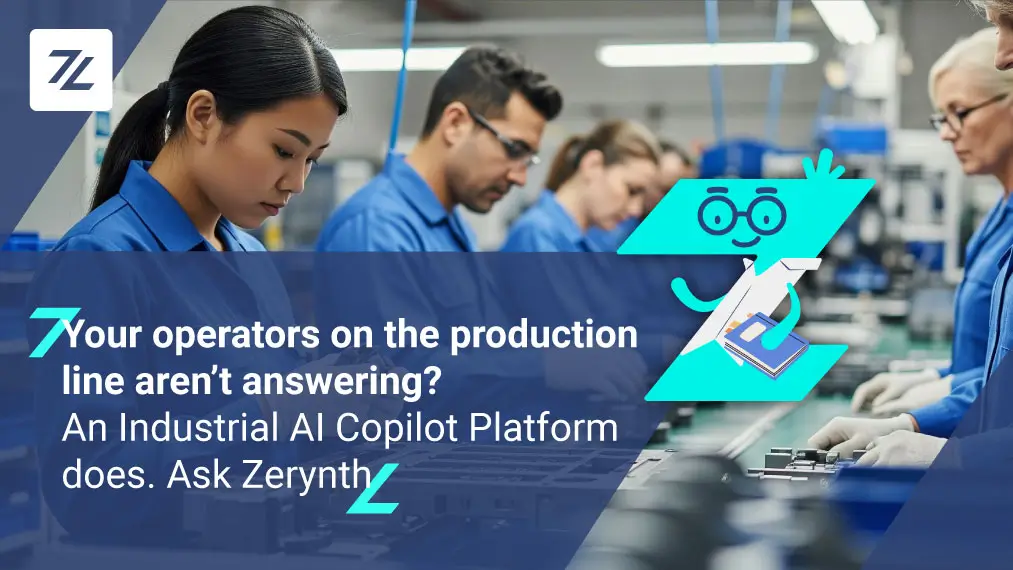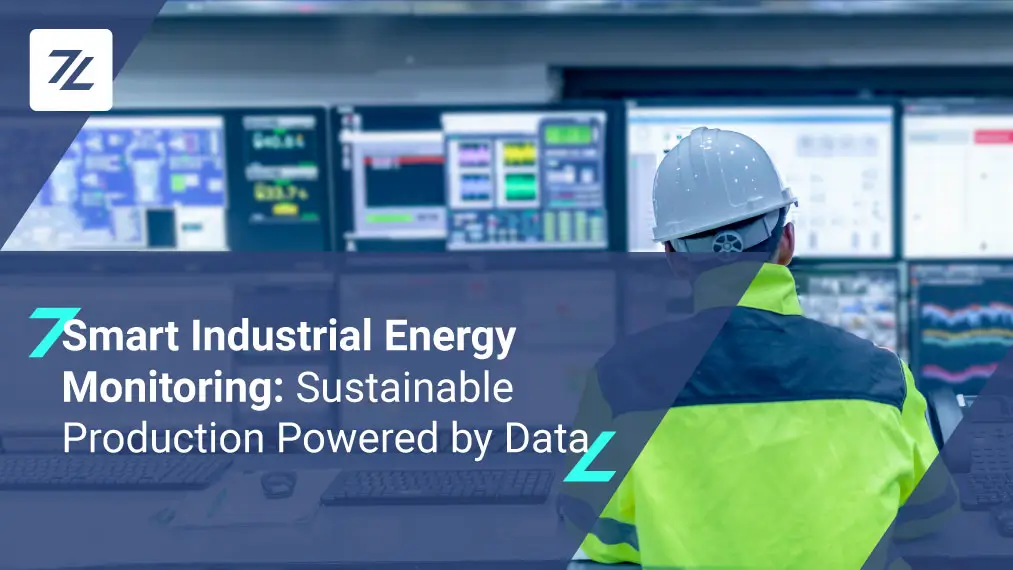In recent years, emissions of environmentally harmful gasses have increased. As a result, it is becoming increasingly necessary to use IoT solutions for landfills and waste management to modernize machinery and processes and decrease their environmental impact.
Environment and waste, sustainability and recycling: what is man’s impact on the environment? Over the years, economic progress and increased consumption have led to increased waste production with detrimental and devastating effects on our planet and health.
Many industries in Italy need advanced landfill or waste processing facilities. Unfortunately, this has led to an increase in harmful gas emissions. Now it’s necessary to rethink the entire system.
To do this, IoT applications for landfills and waste have come onto the scene, which can improve the presence and management of gas emissions in the atmosphere. But how can this be possible? Continue reading this article to learn more.
Greenhouse gas emissions: Italy’s numbers
According to an analysis of the impact of waste management conducted by an Italian environmental association, greenhouse gas emissions in Italy have been on an upward trend between 1990 to 2007, with a peak of 573,010.14 thousand tons of CO2 equivalent (tCO2eq). However, during the ensuing years, emissions have been continuously declining until today, at 418,280.60 tCO2eq. Nevertheless, this value is still too high to consider the daily greenhouse gas emissions as harmless.
The gas with the most significant global warming potential is methane gas, which is 25 times stronger than CO2 and accounts for 10 percent of climate-altering emissions.
The industries mainly responsible for methane gas emissions are agricultural enterprises and waste management activities (Fig 1).
IoT applications for landfills represent a possible solution for smart waste management using IoT technologies, but before we discuss this, let’s look at how the waste sector is composed.
Fig. 1 Methane emissions by sector in Italy, 2019
The waste sector specifically includes:
- Solid waste disposal sites (landfills)
- Incineration without energy recovery (D10)
- Biological treatment
- Wastewater treatment
Garbage management accounts for 4.35% of total GHG emissions in Italy, which is higher than current European levels (3.32%).
From the graph in Fig 2, we can easily understand how solid waste disposal in landfills is a main source of greenhouse gas emissions within the sector. This is because, through the natural processes of anaerobic decomposition, waste produces numerous slurries (called leachates) that contaminate water and soil. In fact, their traces may be found up to 1,000 years after landfill closure. Moreover, in decomposition, the waste also causes high CH4 (methane) and C02 emissions, especially if the site is not monitored correctly. To solve this problem, IoT applications for landfills have been introduced to manage the level of emissions produced.
Fig. 2 Greenhouse gas emissions from the waste sector in Italy, 2019
Solid waste disposal in landfills
Waste production in Italy was about 29 million tons in 2020, according to the Green Book 2022 report, with landfills accounting for 20 percent of total waste.
Waste management in Italy mainly involves landfills – where municipal solid waste and all other wastes (including wet waste) are stored or deposited. Usually, recycling or biological treatment/incineration to produce energy is impossible. In most cases, these do not use IoT applications for landfills, nor is waste managed smartly. This does not allow them to control the level of emissions produced.
However, this isn’t prevalent because other types of recovery, treatment, and disposal account for more than half of annual waste production (54 percent), as shown in Fig 3.
Fig. 3 Percentage distribution of municipal waste management
The production of greenhouse gasses (methane, carbon dioxide, hydrogen sulfide, and others) released from waste decomposition is mainly attributable to the working life of the landfill and for about 20 years after the site is covered. Methane poses a severe explosion hazard and is harmful to plants and the environment, while carbon dioxide is toxic and asphyxiates as it depletes local oxygen levels. Hydrogen sulfide is very toxic, even at low concentrations. The importance of knowing how to manage greenhouse gas emissions is evident, but how is this possible? The solution is with the help of IoT applications for landfills, which allow the level of gasses emitted into the air to be monitored remotely at any time.
Greenhouse gasses produced by landfills can be used for power generation. If the methane concentration exceeds 30-40%, the gas can be directed to a combustion system that creates thermal energy.
The thermal energy is then transferred to other fluids or converted to mechanical energy and then converted to electrical energy, as shown in the illustration below.
Fig. 4 Landfill gas recovery
This allows new energy to be derived from nature without affecting any reserves. Biogas is defined by the EU as one of the renewable, non-fossil energy sources that can provide energy autonomy and gradually reduce air pollution and, eventually, the greenhouse effect.
Why use IoT in landfill management
IoT applications in landfills and waste processing allow for significant benefits at the facilities, enabling a lower emission of greenhouse gases into the environment.
On the one hand, biogas can be transformed into electricity. On the other, it is possible to capture the largest possible quantity of biogas this way, reducing odor and greenhouse gas emissions.
But how does the smart waste management process happen?
All IoT systems are equipped with the following:
- Sensors to monitor greenhouse gas emissions – they can send an alarm signal above certain emission thresholds;
- Devices that allow data to be sent to the cloud;
- A cloud platform that enables data storage;
- Mobile and web apps for data visualization and interpretation.
IoT technologies make it possible to monitor and control the processes of capturing biogas from wells, thanks to the development of special Artificial Intelligence (AI) algorithms. Furthermore, the visualization dashboards can show statistics and real-time data to offer a precise overview of how the system is functioning.
In this way, it is possible to identify optimal strategies for correct waste management and the containment of greenhouse gasses. Furthermore, obtaining updated information in real-time on the status of all the machinery, the pumps, and the level of leachate contained in the wells, allows us to accurately estimate when and how to intervene in the event of alarms or anomalies.
Zerynth’s Industrial IoT & AI Platform and biogas capture system.
IoT applications for the waste sector enable process efficiencies and improved data acquisition and management activities that are able to reduce operational costs and monitoring time. For example, one possible benefit is the ability to constantly monitor the quantity and quality of biogas produced by the landfill to automatically adjust its capture valves.
With Zerynth’s Industrial IoT & AI platform, benefits can be achieved regarding environmental and economic sustainability. Managing the waste cycle, even remotely, by monitoring the environmental parameters of the plants on time is crucial for greater environmental sustainability and more effective process organization.
If you are interested in discovering more about IoT applications for landfills and the waste sector, read our white paper and learn how Industry 4.0 supports companies in monitoring garbage and emissions with a view toward environmental protection.
Share This Story, Choose Your Platform!
Follow Zerynth on
Latest Posts









